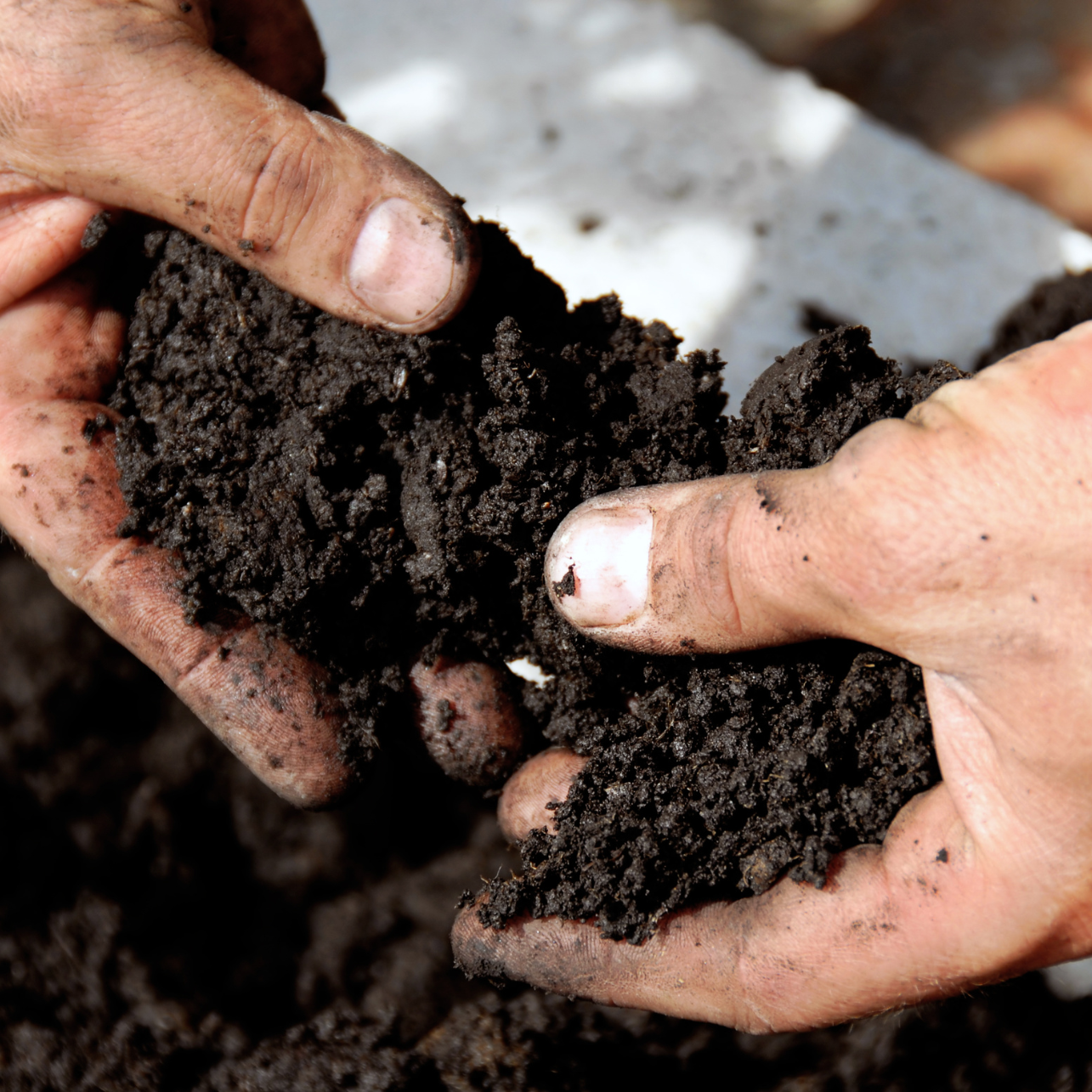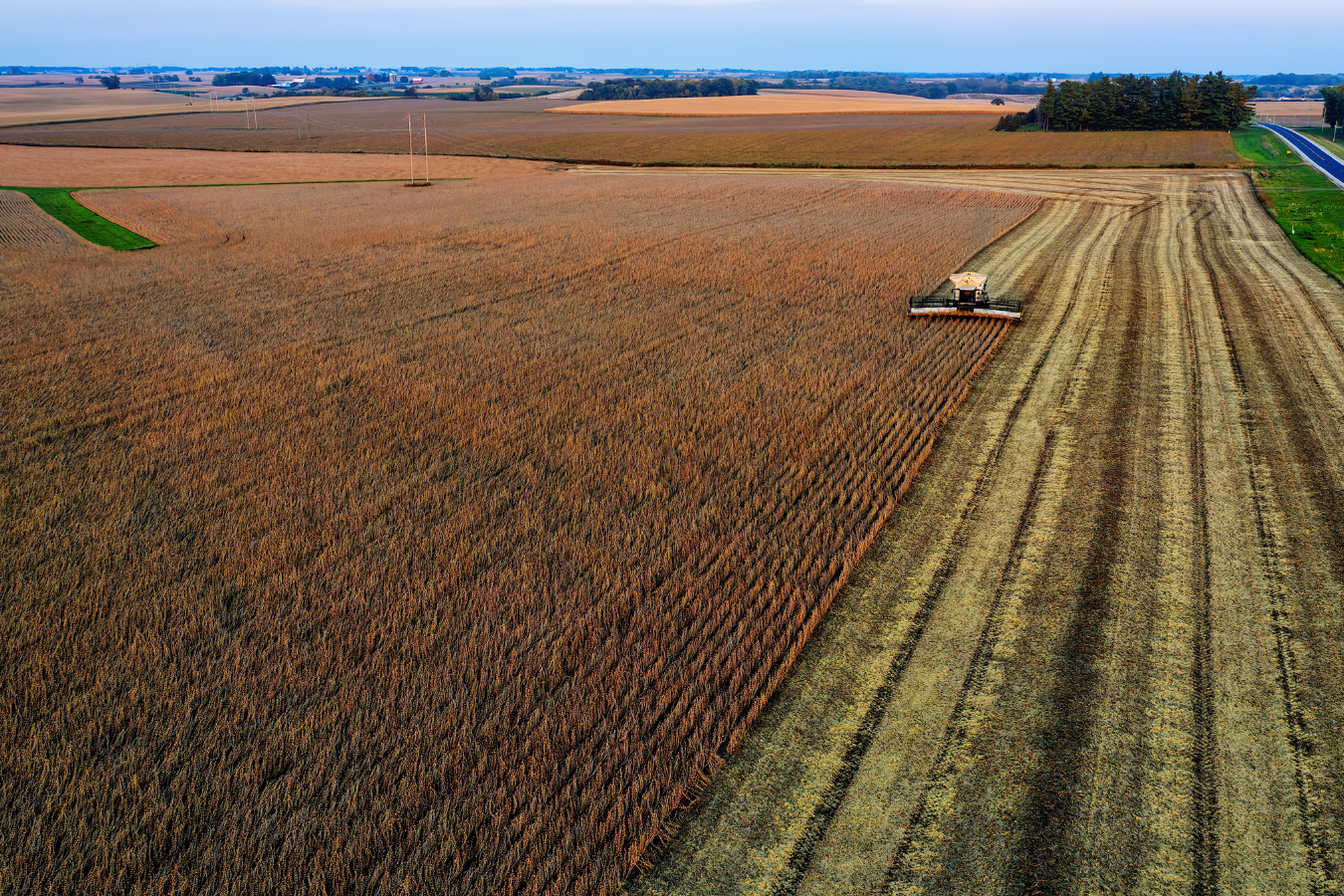Understanding soil pH and the role of lime in agriculture is crucial for anyone involved in farming or growing crops. Soil pH affects plant growth, nutrient availability, and overall soil health. By managing soil pH properly, you can ensure your crops are getting the best possible start. In this guide, we’ll explore the importance of soil pH, how lime works, and why it’s essential to maintain the right pH levels for optimal crop production.
What is Soil pH?
Soil pH measures how acidic or alkaline your soil is. It is measured on a scale from 0 to 14, where 7 is neutral. Soils with a pH less than 7 are acidic, while those with a pH greater than 7 are alkaline. Most crops thrive in slightly acidic to neutral soil, with a pH range between 6.0 and 7.0.
Here’s a simple breakdown:
- Acidic Soil (pH < 7): Can cause nutrient deficiencies and toxicities.
- Neutral Soil (pH = 7): Ideal for most crops.
- Alkaline Soil (pH > 7): Can also lead to nutrient imbalances.
Why is Soil pH Important?
Soil pH affects several factors crucial to crop growth:
- Nutrient Availability: Plants need certain nutrients to grow, and these nutrients are available to plants only within a specific pH range. For example, phosphorus is less available in acidic soils, while calcium and magnesium can become scarce in alkaline soils.
- Microbial Activity: Soil microbes help decompose organic matter and make nutrients available to plants. Many beneficial microbes prefer neutral to slightly acidic conditions.
- Soil Structure: pH affects the soil’s physical properties, including its texture and water-holding capacity. Extreme pH levels can lead to poor soil structure.
How to Test Soil pH
Testing your soil pH is the first step in managing it. You can use several methods to test your soil:
- Soil Test Kits: Available at agricultural stores, these kits often include a pH meter and a color chart for comparison.
- Laboratory Testing: Sending a soil sample to a lab can provide a more detailed analysis, including pH and nutrient levels, which is essential for accurate lime recommendations.
To get an accurate reading:
- Collect Samples: Gather soil samples from various locations in your field to get an average reading.
- Prepare the Sample: Follow the instructions on your test kit or laboratory guidelines.
- Interpret Results: Compare the results to the ideal pH range for your crops.
The Role of Lime in Soil Management
Lime is commonly used to adjust soil pH. It works by neutralizing soil acidity. Here’s how it helps:
- Neutralizes Acidity: Lime reacts with acidic soil to raise the pH, making it more suitable for crops.
- Provides Nutrients: Lime also supplies calcium and magnesium, which are essential nutrients for plants.
- Improves Soil Structure: By increasing pH, lime helps improve soil structure, which can enhance water infiltration and root growth.
Types of Lime
Several types of lime are used in agriculture:
- Agricultural Lime (Calcitic Lime): Contains calcium carbonate and is commonly used to raise soil pH.
- Dolomitic Lime: Contains both calcium carbonate and magnesium carbonate, making it suitable for soils deficient in magnesium.
- Quick Lime (Calcium Oxide) and Hydrated Lime (Calcium Hydroxide): These are more reactive forms of lime but are less commonly used due to their potential to cause soil damage if not applied correctly.
When and How to Apply Lime
Timing:
- Fall Application: Applying lime in the fall gives it time to react with the soil before planting.
- Spring Application: Can be effective, but make sure it’s done well before planting to allow time for the lime to adjust the pH.
Application Rate:
- Soil Test Recommendations: Follow the recommendations from your soil test report for the correct amount of lime.
- Spread Evenly: Use a lime spreader to ensure an even application. Uneven spreading can lead to patchy soil conditions.
Incorporation:
- Tillage: Incorporate lime into the soil using a tiller to ensure it mixes well with the soil and reacts effectively.
- No-Till Systems: In no-till systems, lime can be applied on the surface, but it’s often less effective than incorporating it.
Effects of Lime Application
Proper lime application leads to several benefits:
- Enhanced Nutrient Availability: By raising soil pH, lime makes essential nutrients more available to plants.
- Improved Crop Yields: Better nutrient availability and improved soil structure result in healthier plants and higher yields.
- Reduced Soil Erosion: Improved soil structure can help reduce erosion and runoff.
Common Misconceptions About Lime
- Lime Fixes All Problems: Lime corrects acidity but does not address other soil issues such as compaction or nutrient deficiencies.
- One Application is Enough: Soil conditions change over time, and pH should be monitored regularly. Reapplication might be necessary based on soil tests.
- Lime Only Affects pH: Lime also affects soil structure and nutrient availability, so its benefits extend beyond just adjusting pH.
Environmental Considerations
- Over-Application: Applying too much lime can lead to overly alkaline soil, which can be harmful to plants and soil health.
- Runoff: Lime can be washed away by rain, especially if not incorporated properly. This can lead to environmental concerns and reduce the effectiveness of the lime application.
Key Takeaways
Maintaining the right soil pH is essential for successful farming. By understanding soil pH and the role of lime, you can enhance nutrient availability, improve soil structure, and ultimately boost your crop yields. Regular soil testing and thoughtful lime application are key practices for any grower or farmer looking to optimize their soil and ensure their crops have the best possible growing conditions.
For more specific advice tailored to your soil and crops, consider consulting with a certified crop advisor or agricultural expert. They can provide personalized recommendations and help you achieve the best results for your farming operation.




